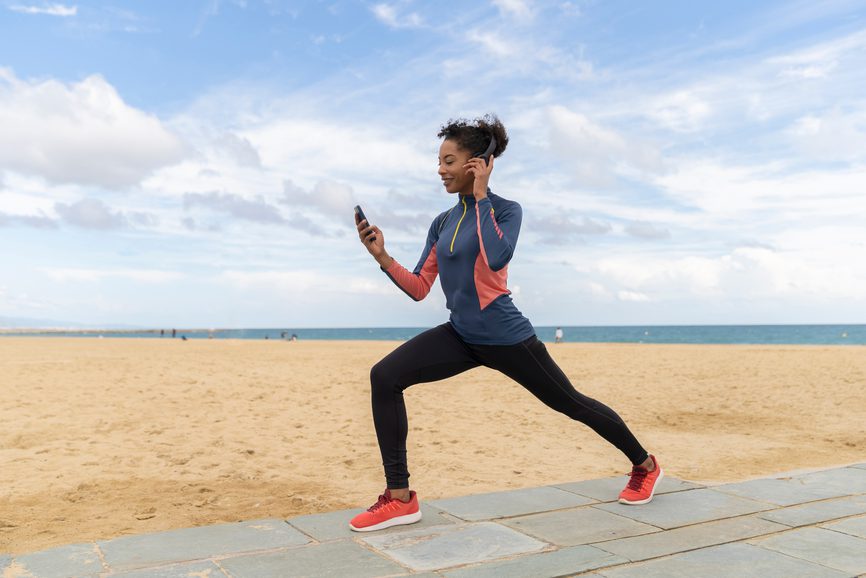Which is better: Short, frequent workouts, or longer, less frequent ones?

Whether you love exercising, or consider it like a trip to the dentist — grueling, but necessary — you probably have a limited amount of time available for working out. Which raises a question: How best to use that time? If you have, say, 90 minutes a week available for fitness, what’s the best use of that time — lots of short workouts or a few longer ones? To find the answer, we asked the professionals at the fitness app Aaptiv for some answers. (Oh, and hey: Aaptiv yearly subscriptions are available for no cost for eligible Haven Term policyholders, via the Haven Life Plus rider.)
TL; dr: It depends
The short response is that it depends on your level of fitness. “For a beginner, you want the most frequency you can possibly get, even if that means less duration per workout,” says Aaptiv trainer Wes Pederson. This is for reasons both psychological and physiological. “To open the door to fitness, the lower the barrier to entry, the more that will create the habit and then you can start building from there,” he says. It’s also the case that if someone is just starting to exercise, their body can benefit from even a modest workout. (And, frankly, if you’re just starting to exercise, you may not have it in you to do 30 minutes initially).
However, says Pederson, “We know from research that ideally a workout is at least 20 minutes. Also, the American College of Sports Medicine says you need to have at least 20 minutes to have a cardiovascular training effect. Not that it can’t happen in 15 minutes, but it’s more profound when it’s 20 minutes or above.”
As you become fitter and your body becomes more accustomed to exercise, you’ll need longer workouts in order for them to have an effect: “You have a higher bar to overcome” to get a benefit, says Pederson. Therefore, once someone is in the habit of exercising, “very early my goal would be to get them over that 20 minutes” he says, and to soon have them doing “three workouts a week of 30 minutes each” instead of 6 workouts of 90 minutes. That’s where the benefits will really kick in.
The case for working out
While this is the ideal approach, it’s important to remember that the single most important thing about exercise is to actually do some, whatever it is.
There is a saying among photographers that “the best camera is the one you have with you,” and there is a similar truth in terms of workouts. “Everyone has different lifestyles, goals, and available time, so my biggest takeaway is to make it fit into your lifestyle/schedule, so it’s something you can consistently do,” says Aaptiv NASAM and PROnatal expert Amanda Butler. “So if it works out best for you to do six 15- or 20-minute workouts a week and you are super-intentional when you do it, that’s amazing, and a whole lot better than zero minutes.”
Fitness (and good health in general) can be a long journey, but the above guidance — and the trainers at Aaptiv — should help you get on the right path.






